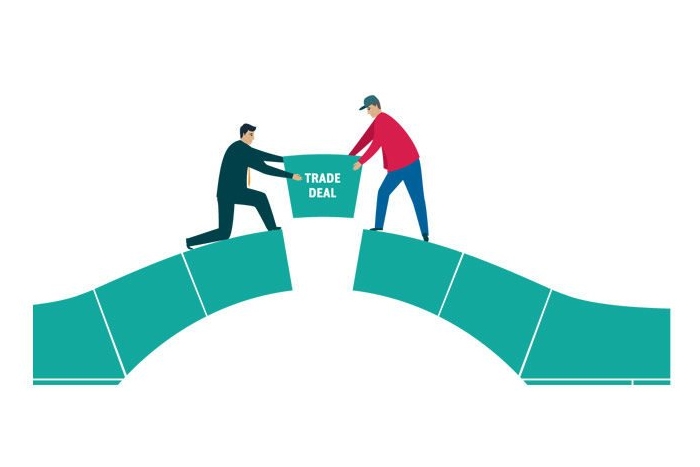Trade policymaking is a challenging task in all countries and presents especially great difficulties for officials in developing countries...
Trade policymaking is a challenging task in all countries and presents especially great difficulties for officials in developing countries. What may seem at first to be a purely external exercise is intimately related to development policy as a whole and involves a series of domestic trade-offs. To make policy in this field, the interests of consumers and producers must be balanced while the goals of the most efficient and export-oriented industries must be weighed against those that are still struggling to achieve competitiveness. When deciding what kinds of activities they will tax or incentivize, or what trade agreements they are prepared to negotiate, and what sort of tariff concessions they are willing to make, policymakers have always had to reconcile the fiscal needs of the treasury with the potential for job creation. Matters have become more complicated with the ever-widening range of issues that are brought to the negotiating table and by the proliferation of those tables. The many demands that are made upon trade policymakers in this new environment dwarf the problems that their predecessors once faced, being technically more complex and politically more intractable. Just as no smart traveller would go on a journey without a road map, policymakers in this field are well advised to have a reasoned plan that guides their actions. A trade policy framework (TPF)
offers a structure for the many decisions that a country’s negotiators, legislators, and litigators must make as they devise and implement policy. The aims of a TPF are to reveal the principal challenges that a country faces in its trade policy, prioritize its objectives, and lay out a plan to achieve those goals. A country’s decision to seek assistance in the development of a TPF is most commonly triggered by the realization that it has been underperforming its expectations in the external sector and that assistance is needed to identify the bottlenecks and propose ways to break through them. The United Nations Conference on Trade and Development (UNCTAD) provides technical assistance to countries in the development of their TPFs. A dozen such projects have been completed as summarized in box 1, and they are also referenced throughout this manual. In most cases, TPFs were requested upon a Government’s recognition that its existing trade and development policy was not producing the intended results.
Among the most typical problems that countries encounter is a negative or deteriorating trade balance, a manufacturing sector in which employment or capacity utilization is shrinking, or the maldistribution of wealth. Whatever the underlying cause, countries may hope that a more dynamic trade policy can result in deeper and broader development. TPFs are tailor-made to meet the needs and challenges of the specific countries under examination, with the conclusions and recommendations varying according to the needs and circumstances of the countries in question (see box 2). Box 1. Inspirations for trade policy frameworks TPFs produced thus far have each responded to perceptions of shortcomings in the existing trade strategies of the countries under examination. Starting from the recognition that a problem exists, they each turned to a detailed diagnosis and then — as discussed in box 2 — the development of policy prescriptions. Much of the TPF process grew out of the experience with Papua New Guinea . During the process of accession to WTO, which concluded in 1996, policymakers in that country concluded that they lacked a coherent framework for the conduct of trade policy. The technical cooperation that they received from UNCTAD in the years following that experience evolved into the Papua New Guinea Trade Policy Framework, issued in 2006. This precedent was built upon with several other developing countries. The Ministry of Trade and Industry of Rwanda requested assistance from UNCTAD in 2008, following its acknowledgment of the country’s immense structural weaknesses. The Jamaica Trade Policy Framework (2015) came about after the Government determined that trade had underperformed for 20 years.
This poor showing was characterized by limited export growth, increased imports, reduced competitiveness and continued dependence on a few goods. Several TPFs were largely inspired by concerns over a country’s dependence on a single commodity and the need for diversification. The TPF for Algeria points to dependence on hydrocarbons as a root cause for both low growth and the steady decline of manufacturing from 15 per cent of GDP in the mid-1980s to just 5 per cent. The TPF for Zambia began with the recognition that the country is overly dependent on copper exports. The drawbacks of that dependence were less evident when copper prices were high, but even then the windfall was not shared throughout the economy. Similarly, the TPF for Angola was inspired by concerns over dependence on oil and global price volatility, coupled with the special problems of a conflict State.

No comments